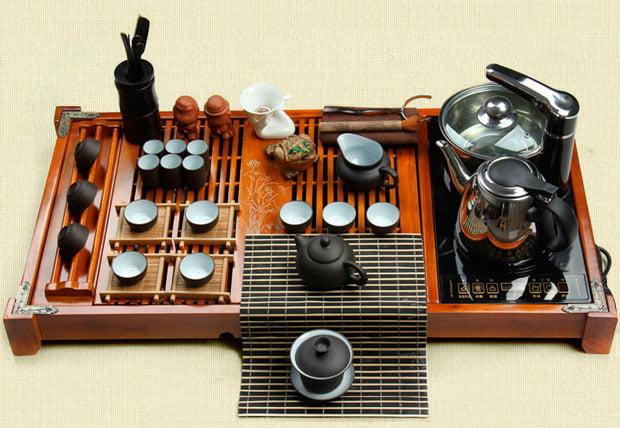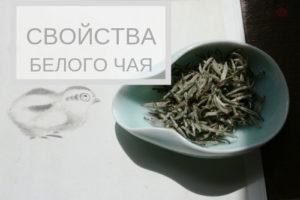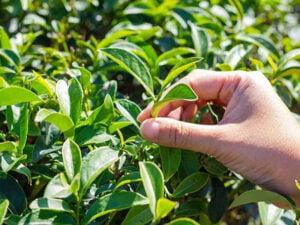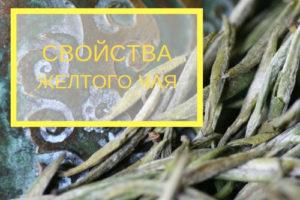Tea culture has a long and very ancient history, and the traditional tools and implements used in the brewing process have changed over time. Depending on the area, the tools may have had a slightly different look and a different name. Time dictates its own rules and the list of various tea tools can grow and change over the years.
A list of traditional tools in Chinese tea making culture:
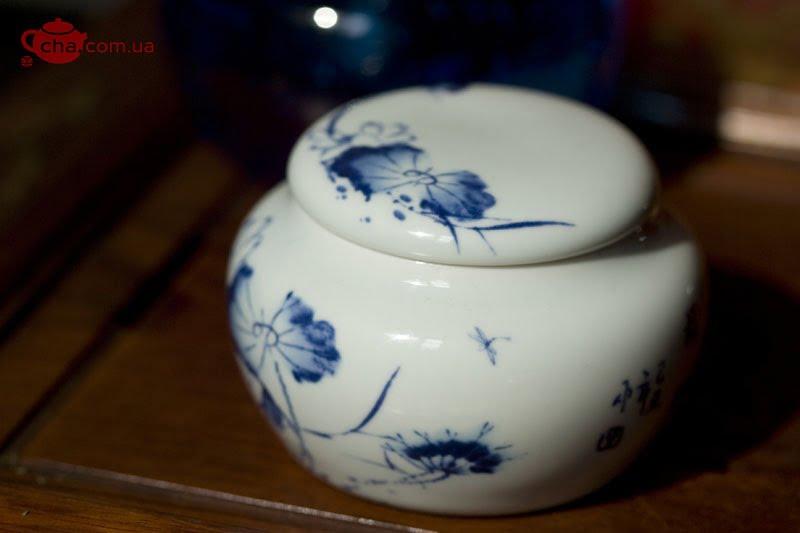
Cháyèguàn (茶叶罐 cháyèguàn) is a teapot, tea jar, vessel for storing tea.
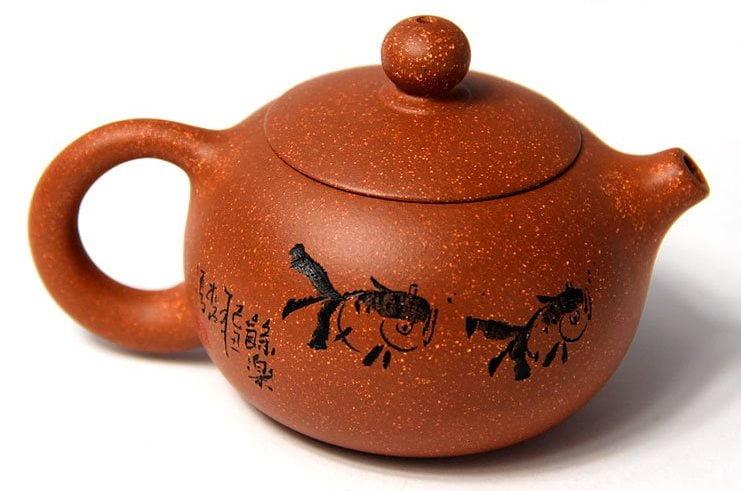
Cháhú (茶壶 cháhú) is a tea kettle. The teapot can be made of different kinds of clay, porcelain, stone, and metal.
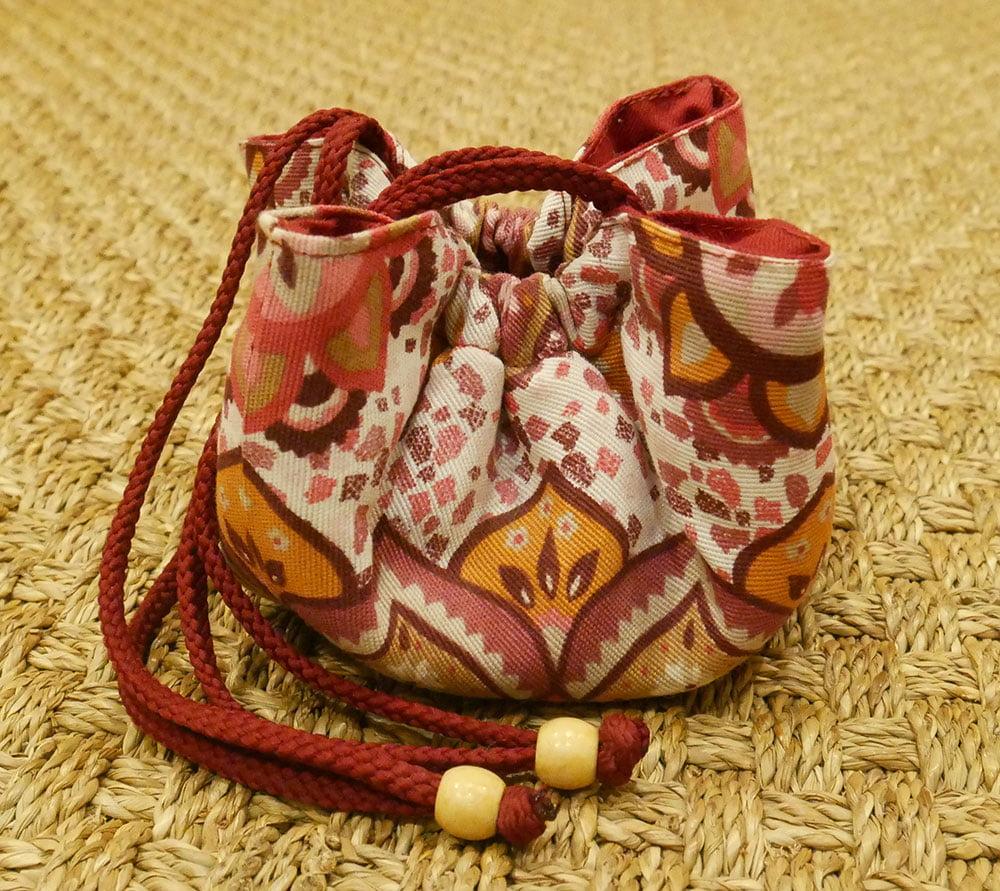
Húdài (壶袋 húdài) – A pouch for storing and conveniently transporting tea utensils (teapot, gaiwan, cup, etc.).
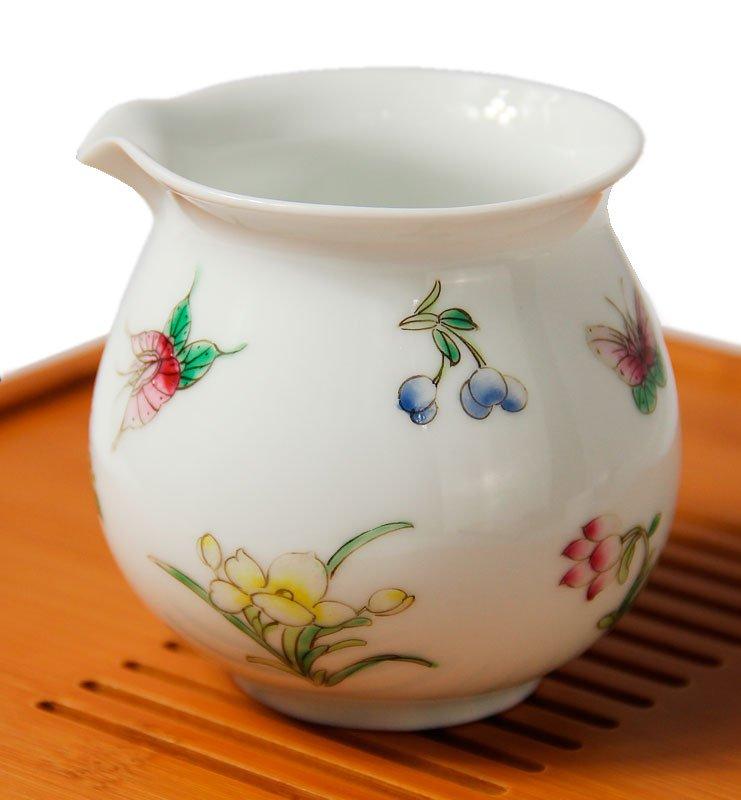
Gongdaobēi (公道杯 gōngdàobēi) “cup of justice” or Chahai (茶海 cháhǎi) “sea of tea” is a vessel into which tea is poured from the teapot and stirred evenly. If you pour the tea into cups at once, each guest will have a different tea, because the tea may still be steeped during the draining process.
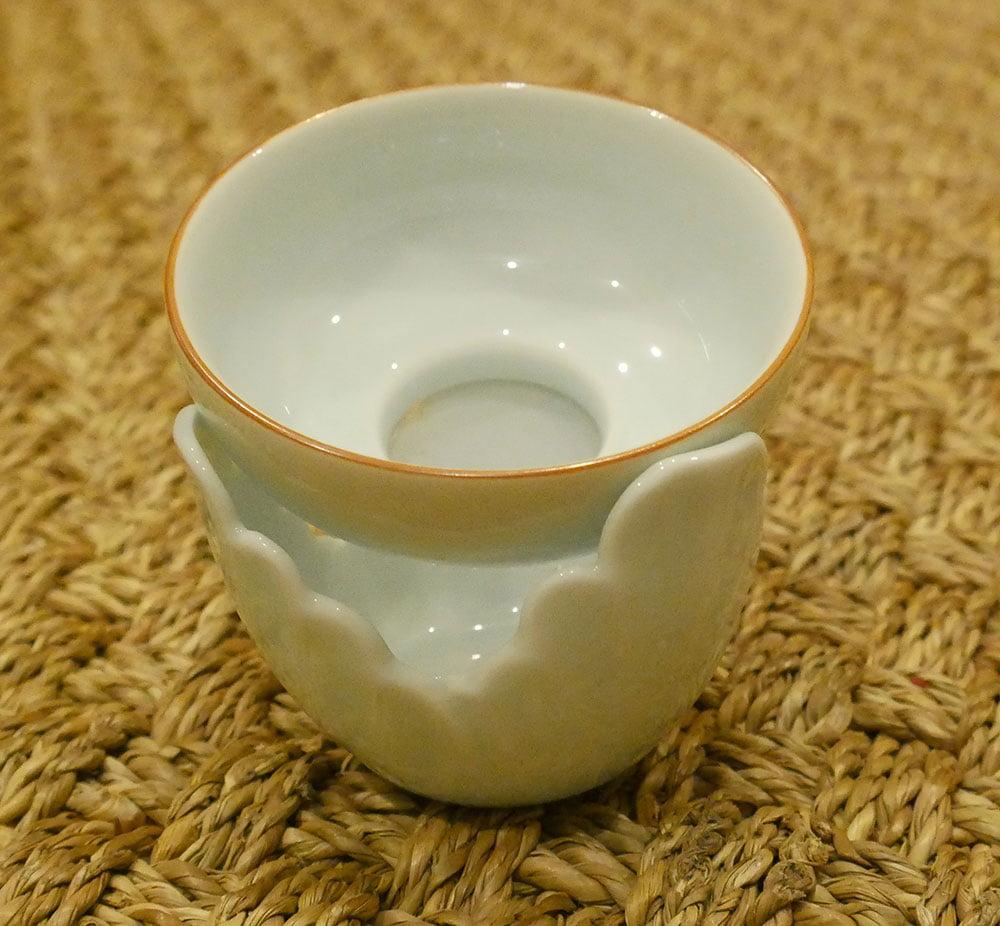
Chaluy, chaluywang (茶濾网 chálǜwǎng) is a sieve that helps to purify the tea infusion. If the tea leaf is large, the strainer may be omitted.
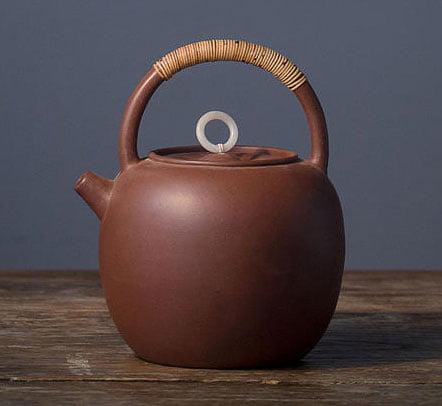
Shuihu (水壶 shuǐhú), Zhushuihu (煮水壶 zhǔshuǐhú) is a kettle which, is used for boiling water. Such a kettle is fireproof. Traditionally, the kettle is made of white clay, glass or metal, but in modern times they can be made of different kinds of clay that can withstand boiling on fire.
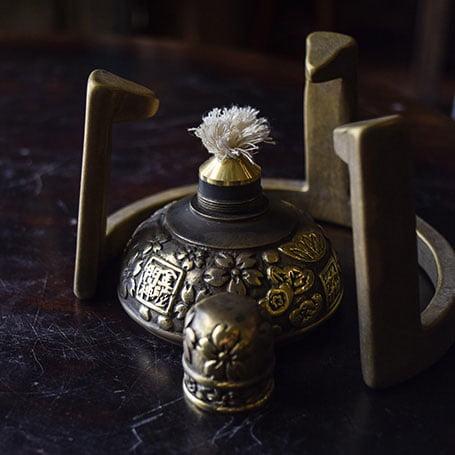
Jiujing Deng (酒精灯 jiǔjīngdēng) is a spirit pot which, is used to keep the water in a Shuihu kettle hot.
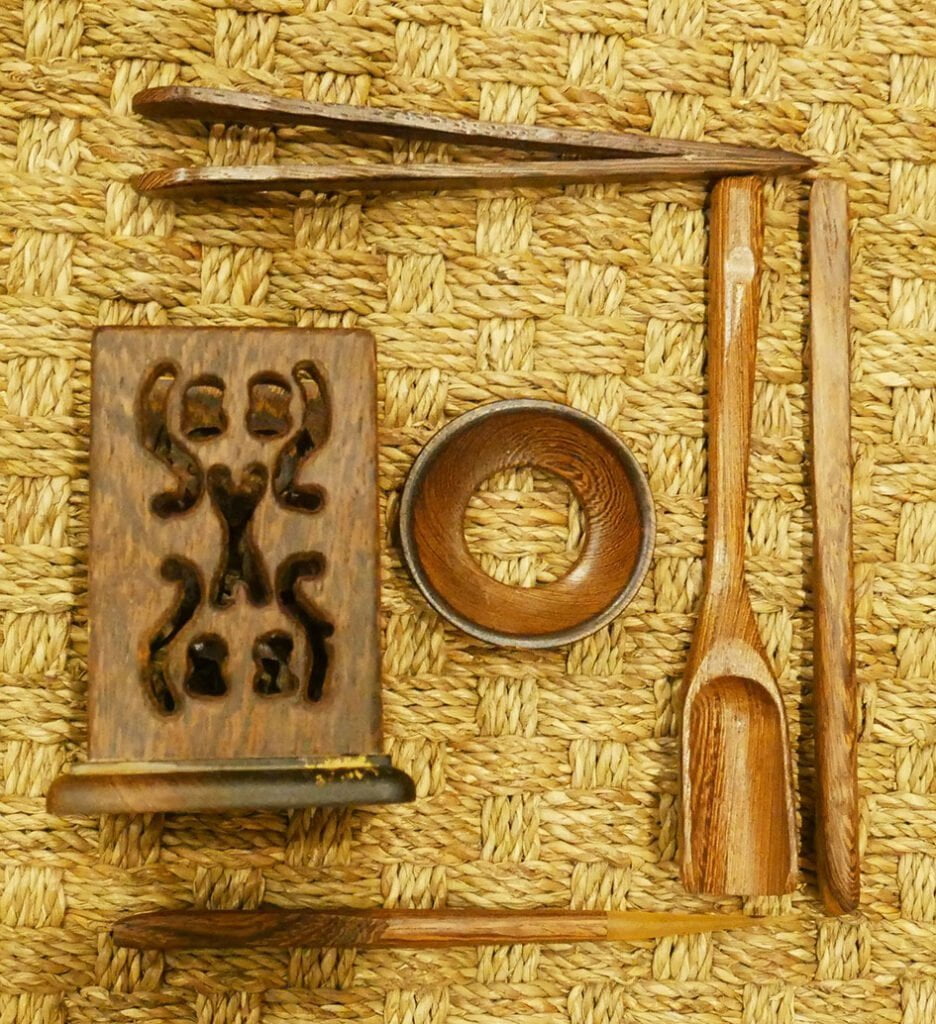
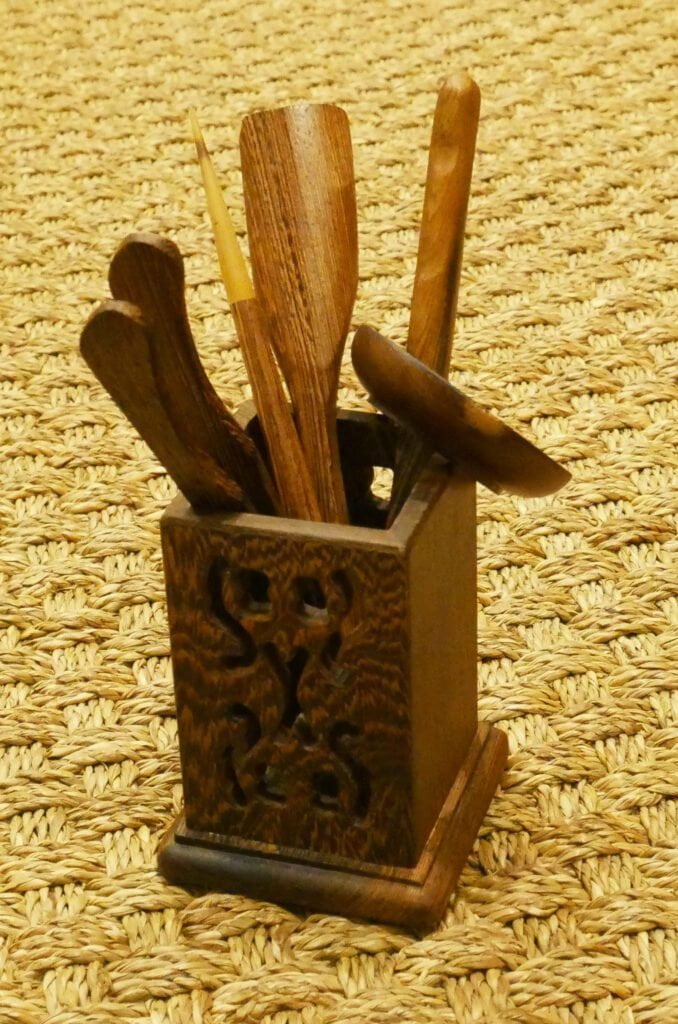
Chájù (茶具 chájù) is a set of tea tools that are used during the tea action:
- Chásháo (茶勺 chásháo) is a scoop used to transfer tea from the jar to Cháhe.
- Cháchí (茶匙 cháchí) is a spatula, a spoon used to pour tea from Cháché into the teapot.
- Cházhēn (茶针 cházhēn) is a tea needle. It can be used to clean the tea drain (spout of the teapot).
- Jiazi (夹子 jiāzi ) or Chaga (茶夹 chágā) is a tongs. The tool can be used to take hot cups, to serve cups to guests without touching them, to manipulate the brew, and to work while the tea is brewing.
- Chalou (茶漏 chálòu) is a funnel. It is used to pour tea into the kettle more conveniently. It is most often used when the neck of the teapot is small.
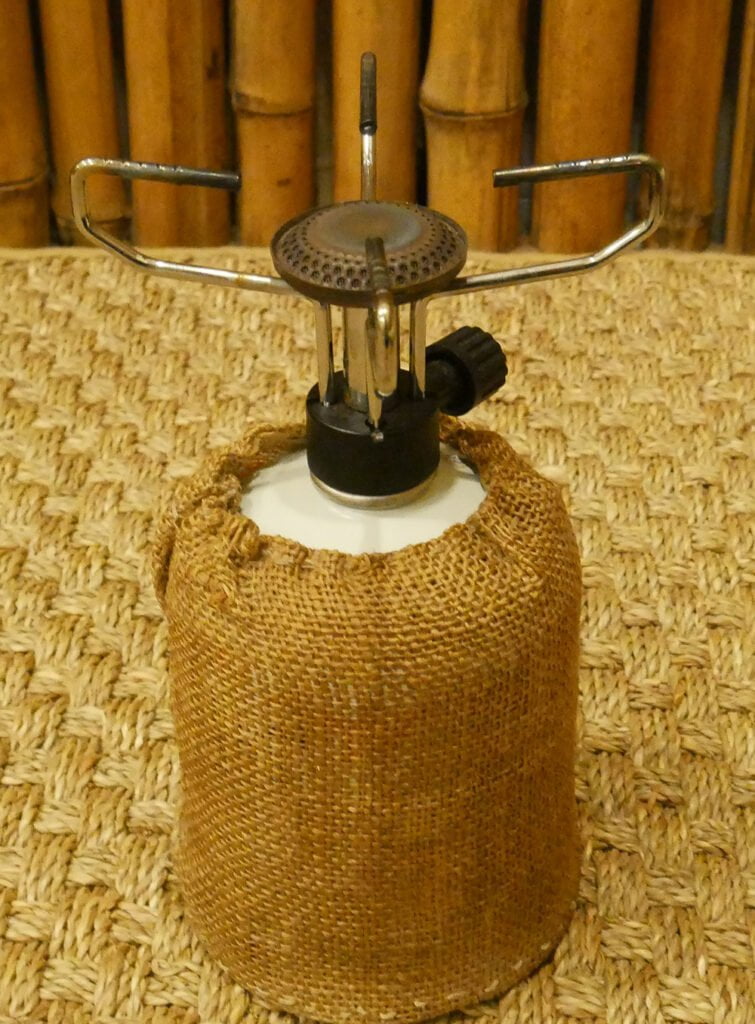
Zhanshao Qi (燃烧器 ránshāoqì) is a gas burner on which water is boiled.
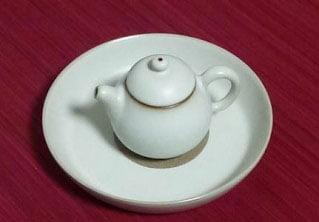
Cháchí (茶池 cháchí) “tea pond”, Chachuan (tea boat) is a vessel used in the Chaoju tea ceremony to keep a teapot of Chahu tea at a constant temperature. The teapot is constantly poured with boiling water and stands in this vessel (often the teapot is additionally placed on a Hudian stand). Chachi tea is most often used in Guangdong.

Húdiàn (壶垫 húdiàn) is a teapot stand. The teapot is placed on this stand during the tea ceremony. It is used when it is necessary to minimize the interaction of the teapot with the tea board.
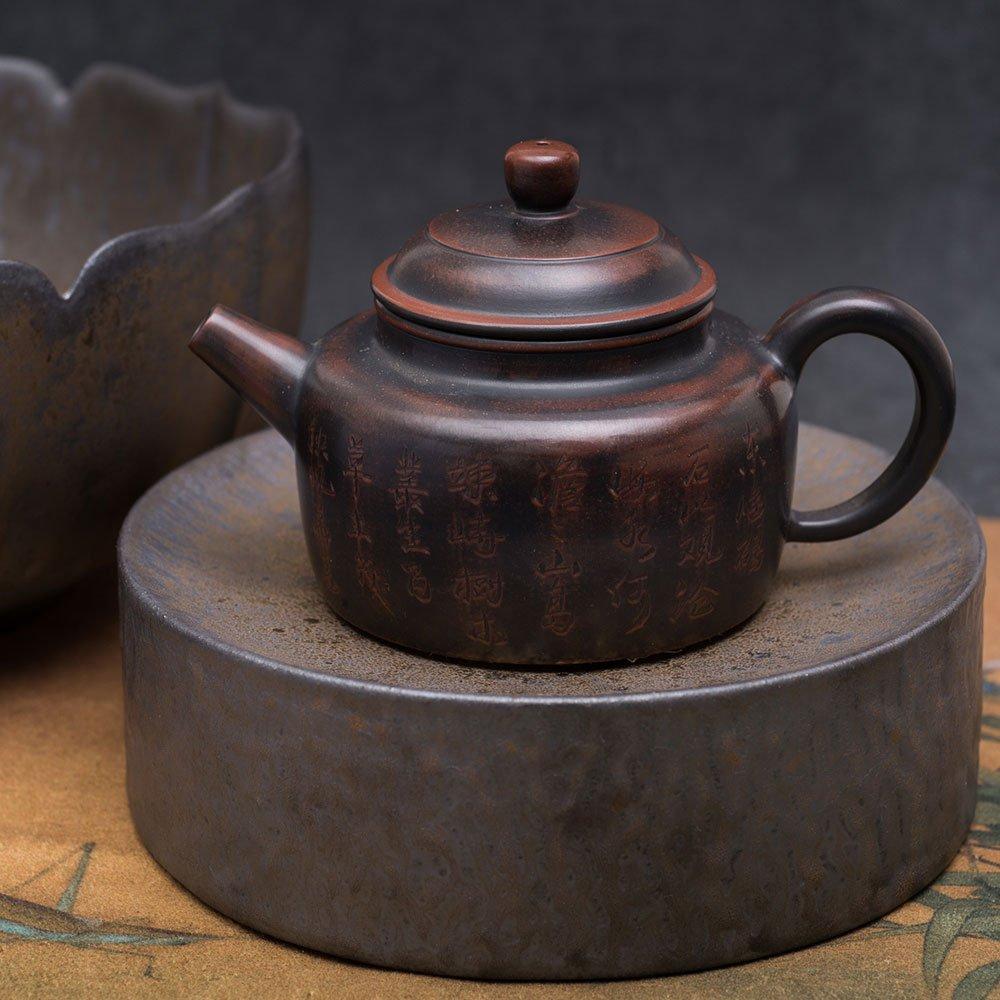
Húchéng (壶承 húchéng) – A teapot stand with a small hole for warming dishes or draining water, very good to use instead of a tea table.
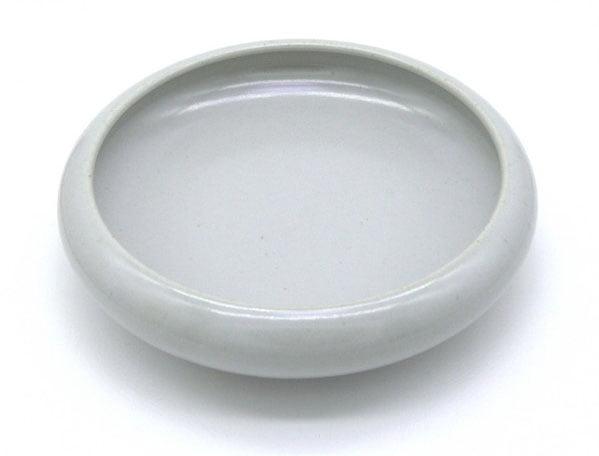
Chaiyu (a vessel for draining water and tea), Chasi (茶洗 Chá xǐ) – this vessel is used to warm the dishes at the beginning of tea drinking, as well as for draining excess water, and cleaning the kettle from the brew.
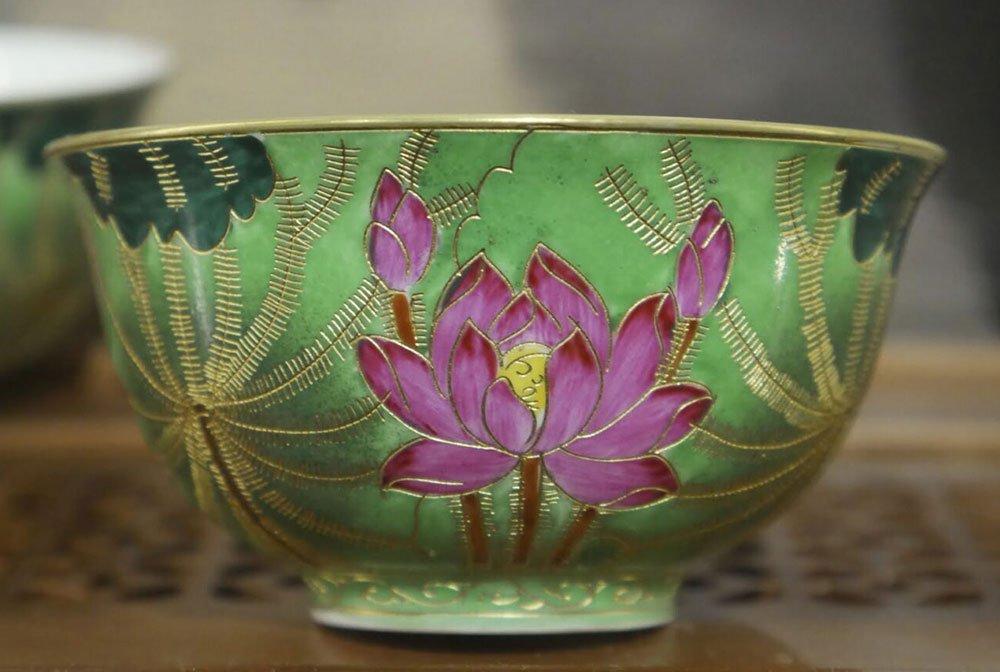
Chábēi (茶杯 chábēi) is a bowl, a tea cup. Cups can be made of clay, porcelain, glass, stone or metal, they can be of various shapes and colors. They are usually made in small sizes. Comes in different volumes and shapes depending on the region and type of tea drinking. Made of clay, porcelain, stone, glass and metal.
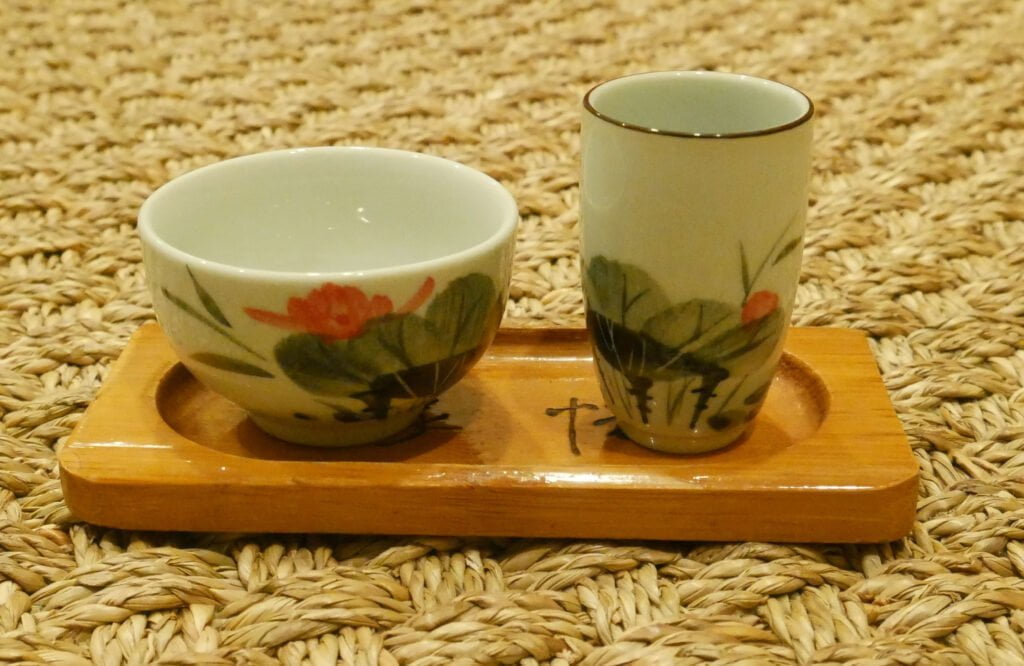
Wengxiangbei (闻香杯 wénxiāngbēi) and Pingmingbei (品茗杯 pǐnmíngbēi) are a tea pair for Gongfu Cha tea drinking. The first bowl is tall for introducing the flavor of the tea, the second bowl is wide for tasting the tea infusion. The tea pair is usually presented on a Chatou stand.
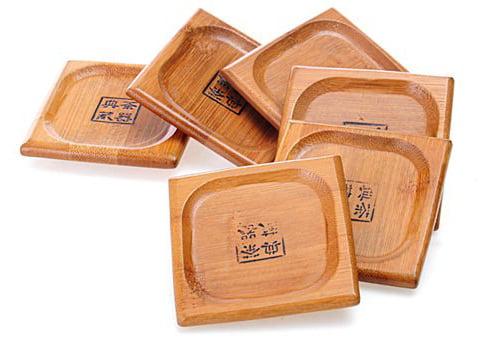
Chátuō (茶托 chátuō) is a stand for a drinking bowl or tea pair. It is often made of wood, porcelain or clay. Sometimes the bowl and stand are sold together.
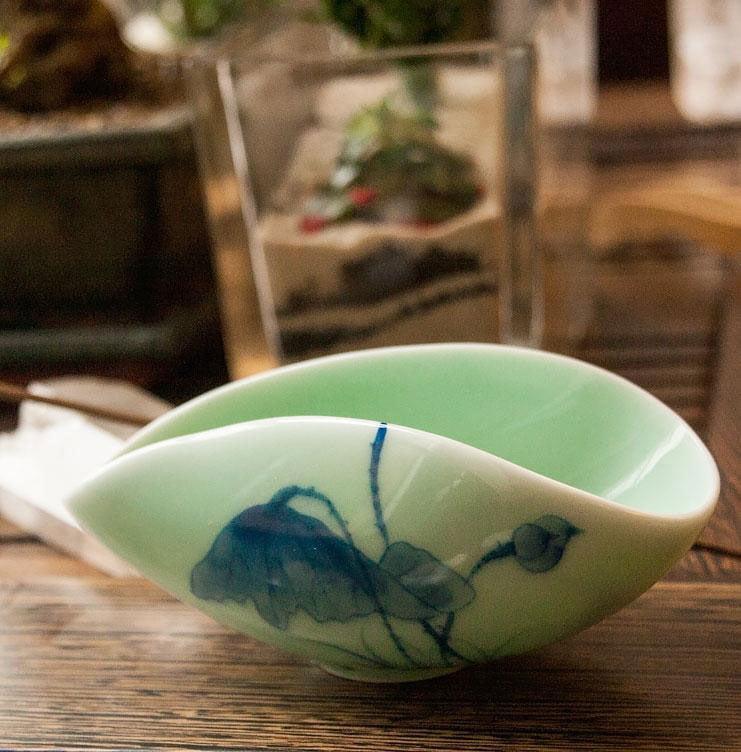
Cháhé (茶荷 cháhé) – “tea box” poetically it is called “the breath of tea”. It is a bowl for introducing the flavor of tea. The bowl is usually open-shaped for easy viewing of the leaf shape and pouring tea into the teapot.
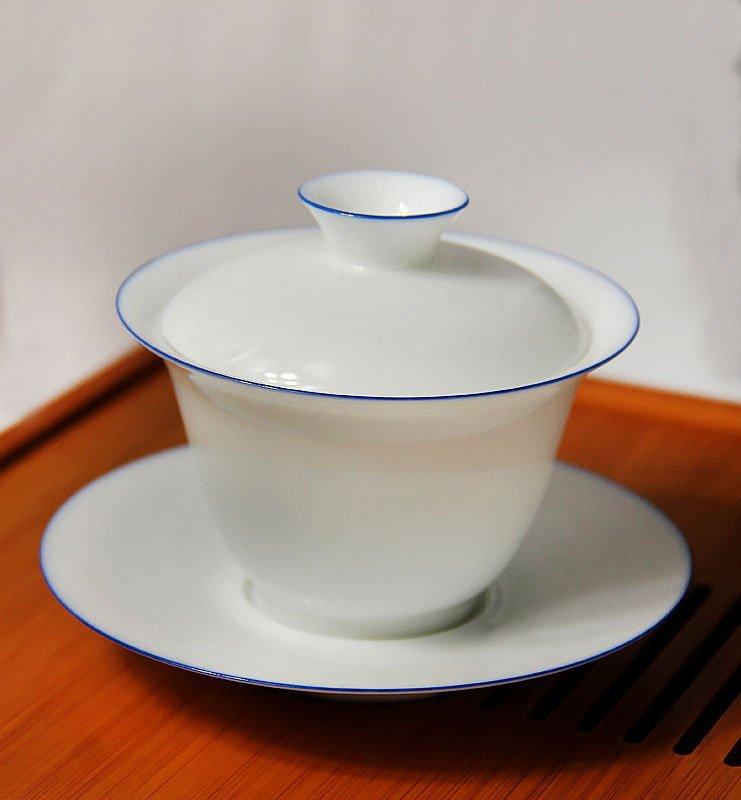
A gaiwan (盖碗 gàiwǎn) is a cup with a lid and saucer. The gaiwan is made of clay, porcelain, glass and comes in a variety of shapes and sizes. It is used for brewing tea and also as an individual bowl when tea is brewed and consumed directly from the gaiwan.
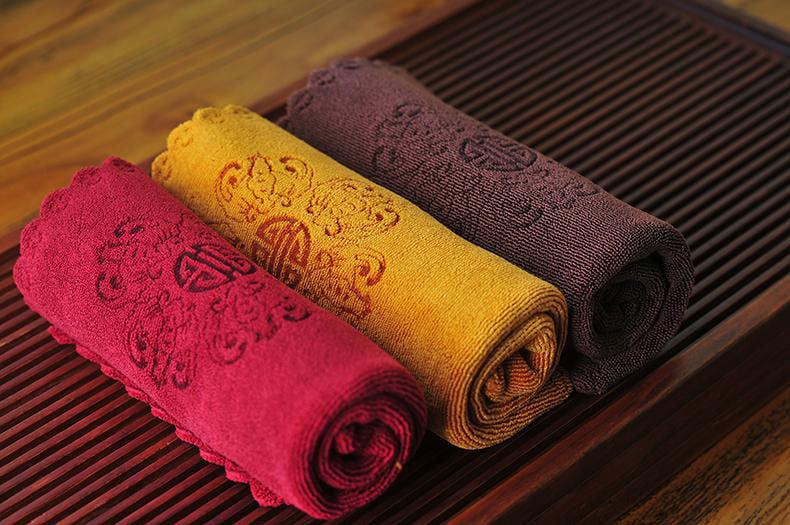
Chabu or Chajin (茶布 chábù , 茶巾 chájīn) is a tea towel. They can be of different sizes and materials. Usually, the towel is used to give the tea action a special ritualistic character (to wrap the teapot, to pass a piece of tea utensil), as well as to purify the tea space.
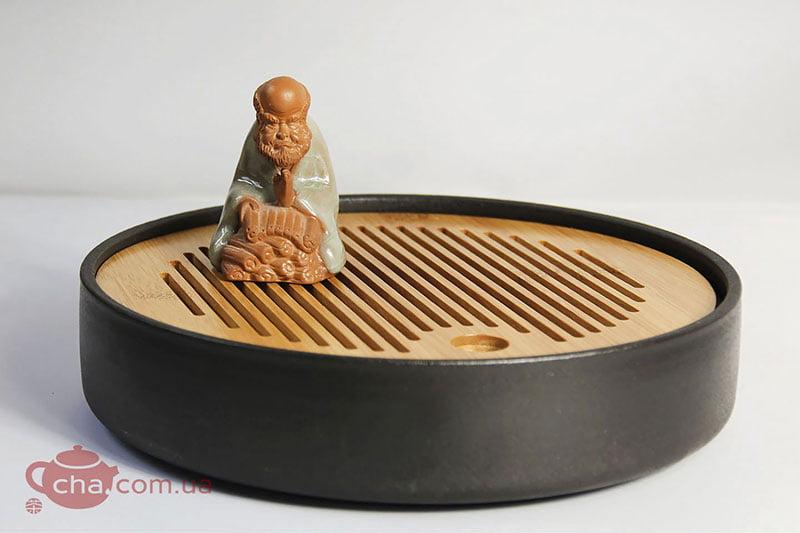
Chábán (茶板 chábǎn) (tea board), Chápán (茶盘 chápán ) (tea tray) – a small table on which the tea action takes place. The excess water, during the brewing process, collects in the tea board tray. Sometimes the water can be drained from the tray with the help of.
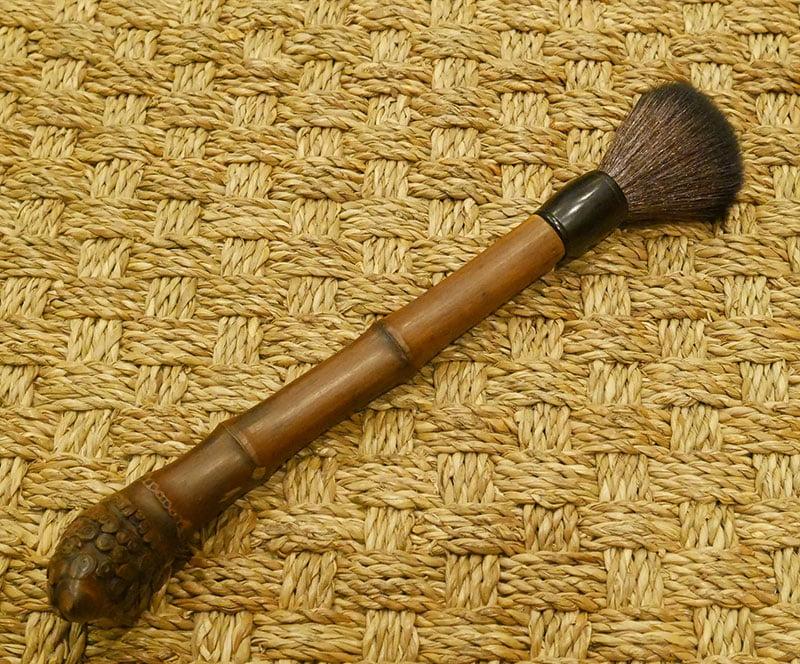
Yanghubi (养壶笔 yǎnghú bǐ) is a tea brush. To add a special ceremonial touch to the act and grooming of the teapot Chahu – to spread tea drops evenly over the teapot, which over time makes the teapot smooth and shiny.
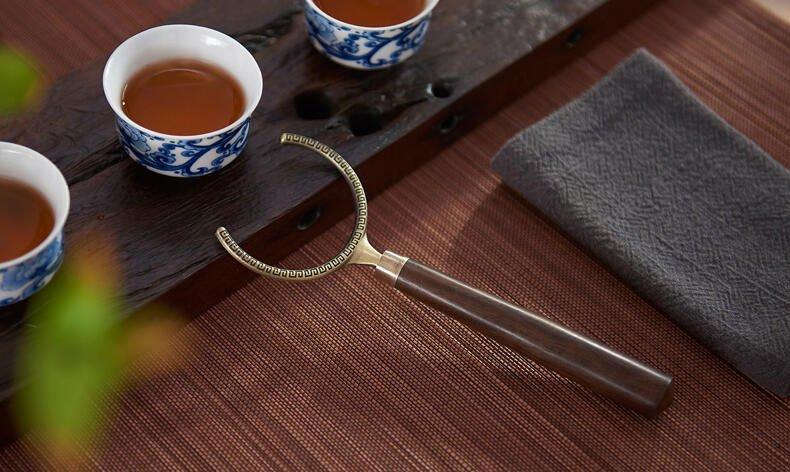
Chacha (茶叉 chá chā) – a holder for drinking bowls (literally, tea fork). Often used during a tea ceremony to pass hot cups to guests.
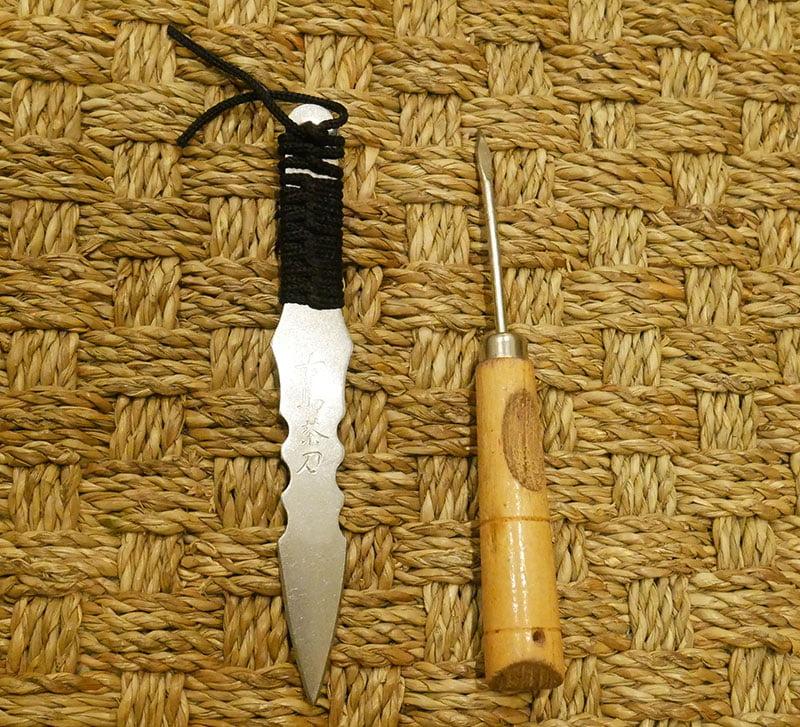
A Puerchadao (普洱茶刀 pǔ’ěr chádāo) or Cházhuīzi (茶锥子cházhuīzi) is a knife or awl that helps separate the pressed pancake or brick of Puer.
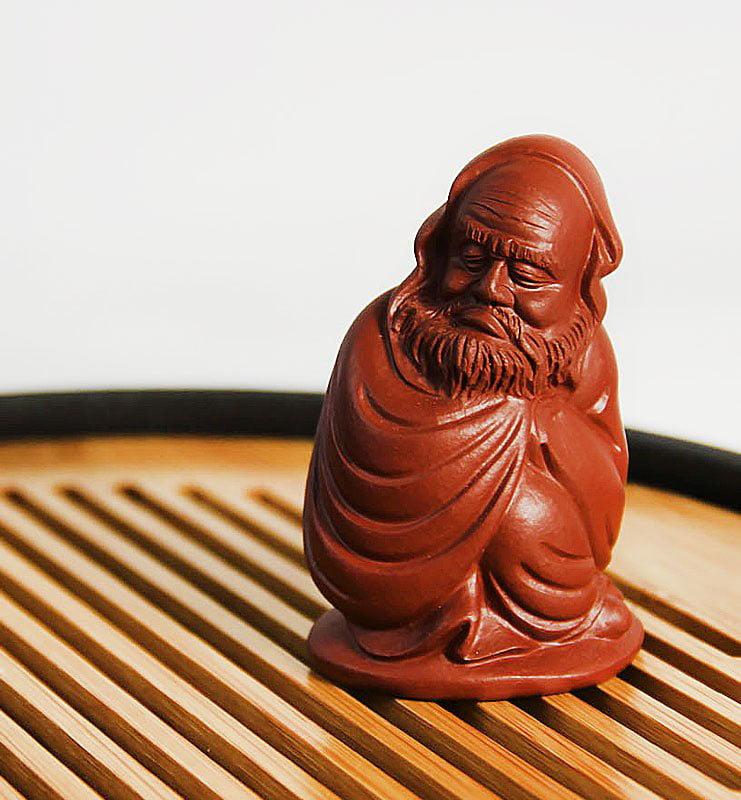
Chachun (茶宠 cháchǒng) is a tea figurine. Usually placed on a tea board or somewhere in the tea space. It is sprinkled with tea or presented with tea in a small bowl. Tea figurines can symbolize different aspects of being, the elements, or represent deities and spirits.
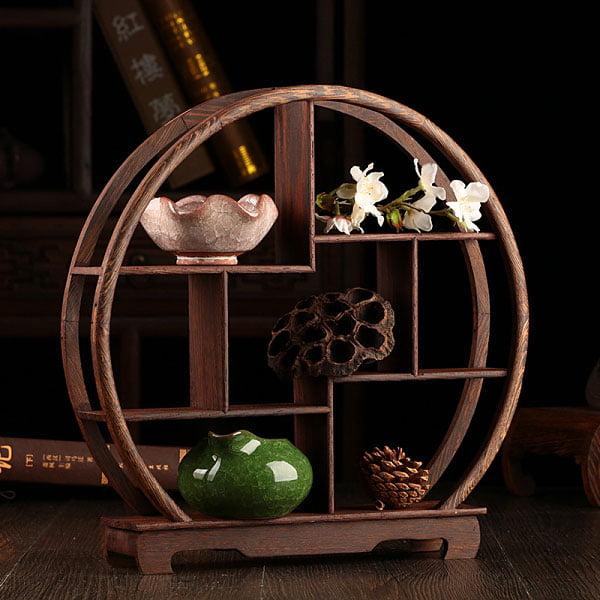
Chájùjià (茶具架chájùjià)– a shelf for tea utensils.
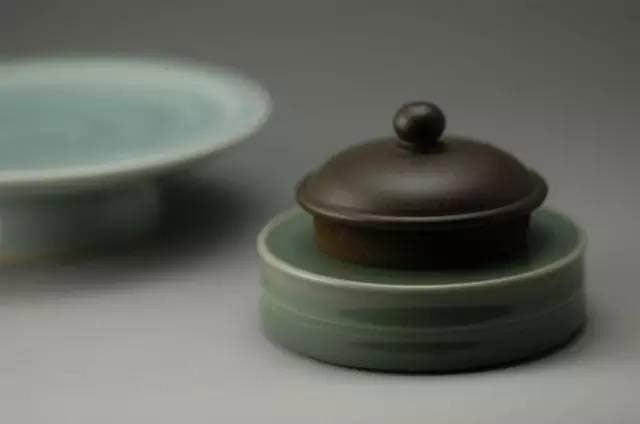
Gaizhi (盖置 gài zhì) is a stand for the lid of a teapot. It is used when it is necessary to pour boiling water into the kettle (it is considered indecent to put the lid on the tea table, if there is no stand, the lid should be turned upside down, placing it on the tea table).
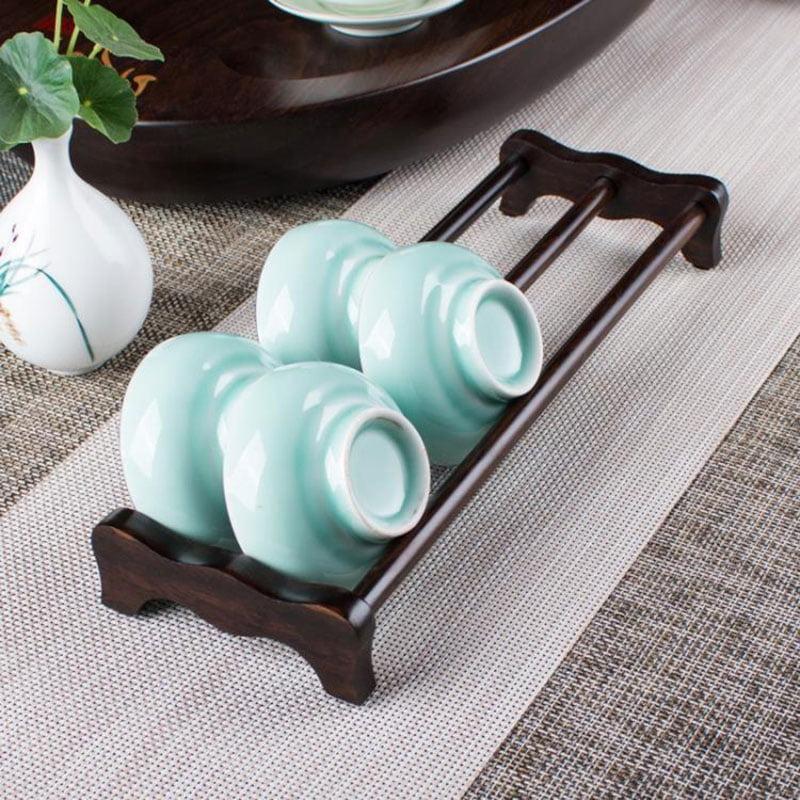
杯托茶具架 Cup holder.
